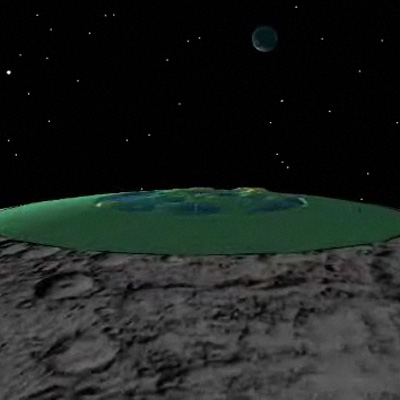Fly me to the Moon – European style
16 April 2010
The Moon is our nearest neighbour in space – a 'mere' 384,000 km away. Nine manned missions and dozens of robotic spacecraft have visited this small world, but large areas remain unexplored. Now ESA is beginning to plan for a time when Europeans will set foot on its grey, dusty surface.
For many years, scientists and space agencies thought that they knew more or less everything about the Moon. Then, orbiting spacecraft found evidence of water ice in deep craters near the lunar poles. Images sent back by ESA’s SMART-1 and other orbiters also showed that high ridges between the polar craters are bathed in almost continuous sunlight – ideal for power generation.

348 - esa_animation
The possible deposits of water ice and long periods of sunshine make the lunar south pole a prime target for future human missions. In order to pave the way for such a mission, ESA is now asking European industrial teams to come up with ideas for the first European Moon lander.
Several teams have already begun to study different possibilities. Over the next 18 months, they will work on the details of the mission and spacecraft design, including any problems that might arise by targeting and exploring such a rugged site. The goal is to launch by 2020.
The spacecraft will use the latest navigation technology to fly from lunar orbit to the surface, then touch down safely and accurately. On the way down, it must image the surface and recognise dangerous features using its own ‘intelligence’. The lander will then investigate possible damage to astronauts’ health from radiation and lunar dust, and search for water ice or other resources that could be used by human explorers.





